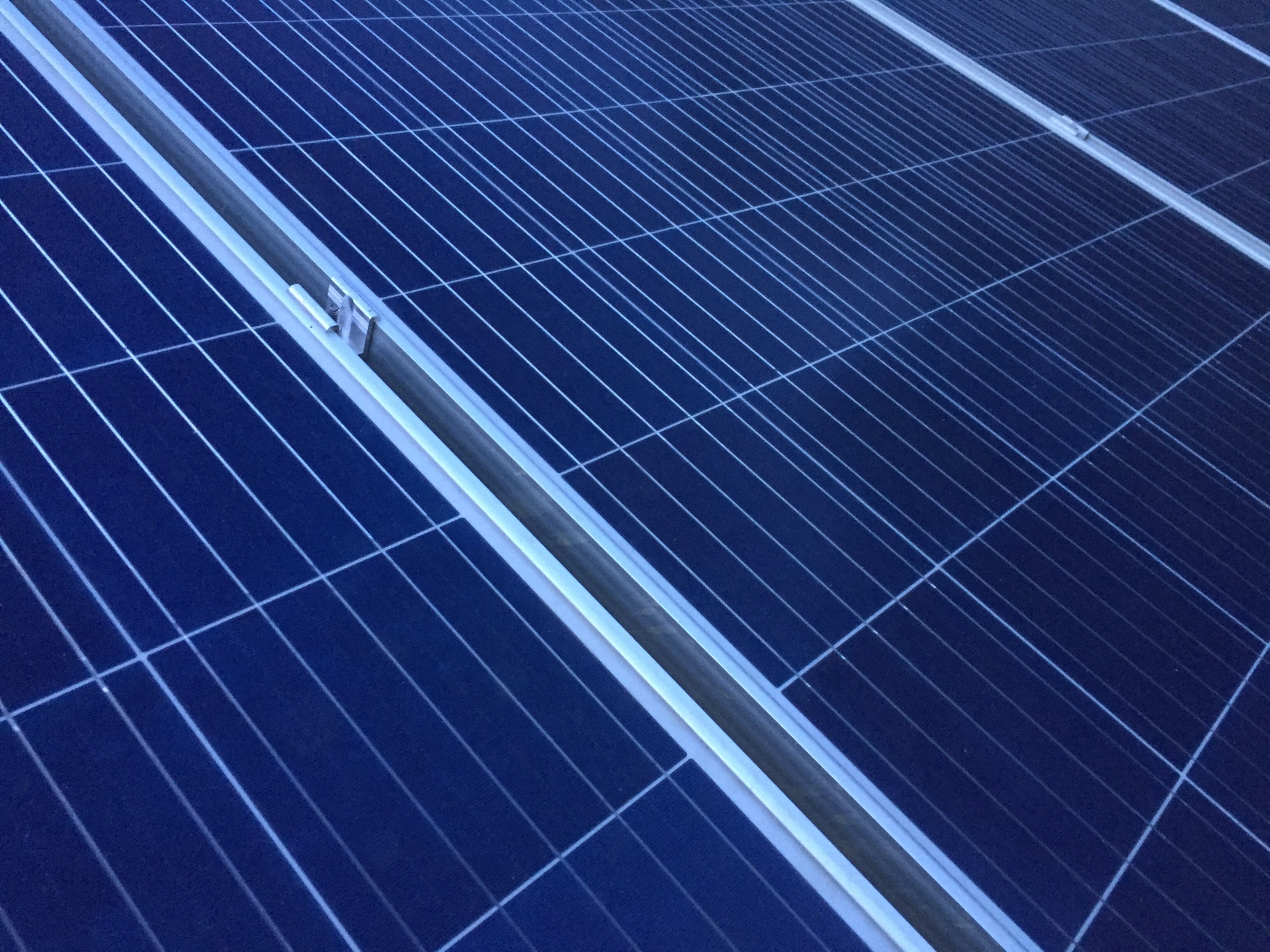How do wind turbines work?
Wind power is a form of renewable energy, where electricity is generated by converting kinetic energy from wind into mechanical power. A generator then converts this mechanical power into electricity, ready to power our homes and businesses - all from a simple gust of wind.
A wind farm is the name for a group of wind turbines. These tend to be located strategically in places with the ideal wind conditions to create as much energy as possible, with flat, elevated and uninterrupted landscapes the best spots - this is why you may be used to seeing wind farms on rolling hills or coastal cliffs.
